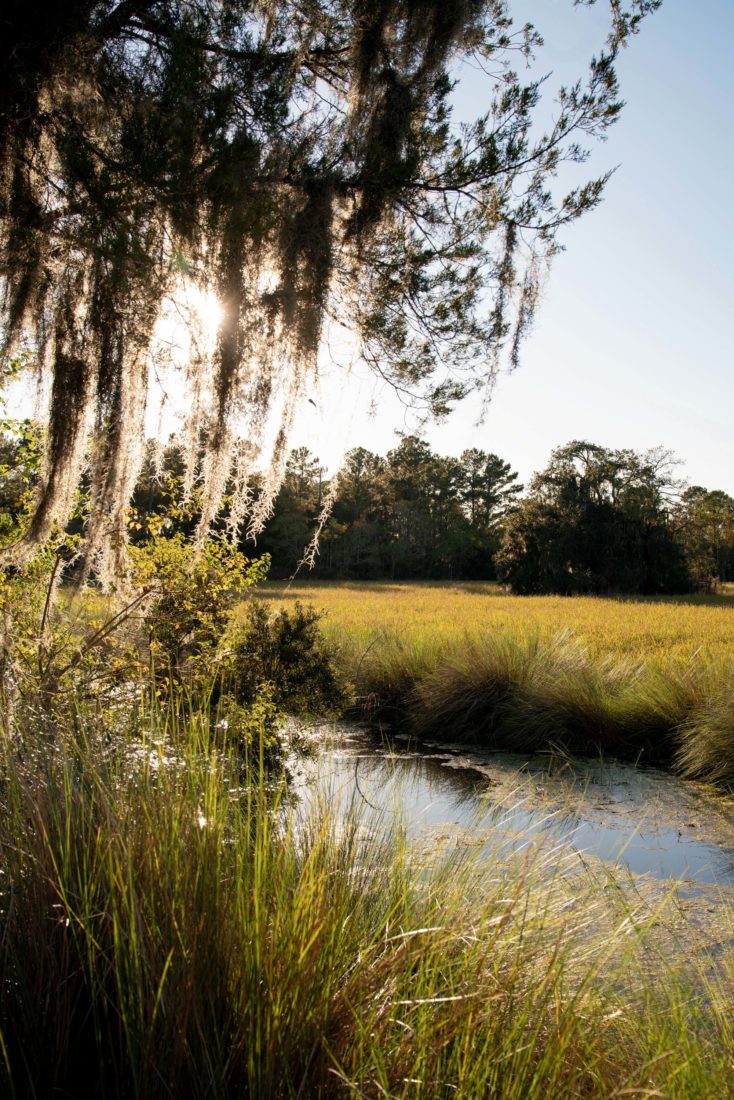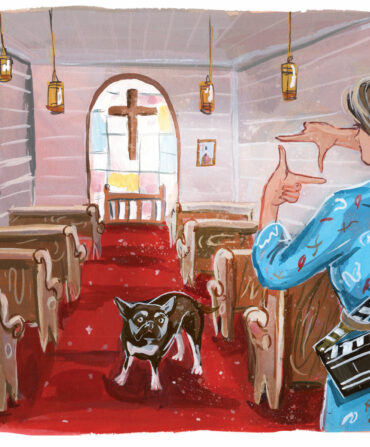This rice, it loves gumbo,” says Rollen Chalmers as he waves his hand over a marshy field near Hardeeville, South Carolina. Gumbo stew goes well over rice, sure, but the gumbo he means is soil—a mix of mud and clay where rice plants thrive. Chalmers steps down a bank toward yellow stalks of Carolina Gold rice. “Downwind, you can smell these fields, a nice nutty smell,” he says. Soon, he’ll plant a newly conceived descendant of this heirloom rice, one inspired by a variety not harvested in these parts since 1862.
In the early 1800s, near South Carolina’s Santee River, the planter Joshua John Ward found a lone panicle of strikingly long rice and developed it into a version of Carolina Gold soon grown all over the region, largely by enslaved laborers. “With grains measuring up to half an inch in length, Long Gold rice became the most highly and widely esteemed American rice,” says David Shields, a culinary historian at the University of South Carolina. “But the Civil War disrupted the complicated seed management that kept the variety viable,” and Long Gold disappeared.

That is, until Anna McClung, who directs the Dale Bumpers National Rice Research Center in Stuttgart, Arkansas, began reintroducing historic Lowcountry grains bred to be stronger than their ancestors. To create a new rendition of Long Gold—one with the vanilla and hazelnut notes that have made chefs love Carolina Gold—McClung’s team crossed the latter with even longer rice, and bred it for disease resistance and shorter stalks to withstand wind. “Rice moved away from the East Coast, not only because of the war,” McClung says, “but because of competition in the Mid-South, as well as the hurricanes that went through.” Irony has a way: As McClung and her team prepared to harvest their years-long experiment last summer, the remnants of Hurricane Laura passed through. “But our rice stood beautifully,” McClung says.

This spring, farmers including Chalmers will trial the new hybrid seeds. With harvest success, the heirloom grain purveyor Anson Mills plans to bag up the longer rice for mail order in late summer and donate profits to its project supporting Sea Island agricultural development. Written on each sack will be McClung’s name for her creation, a nod to the river on whose banks the story of American rice began: Santee Gold.








